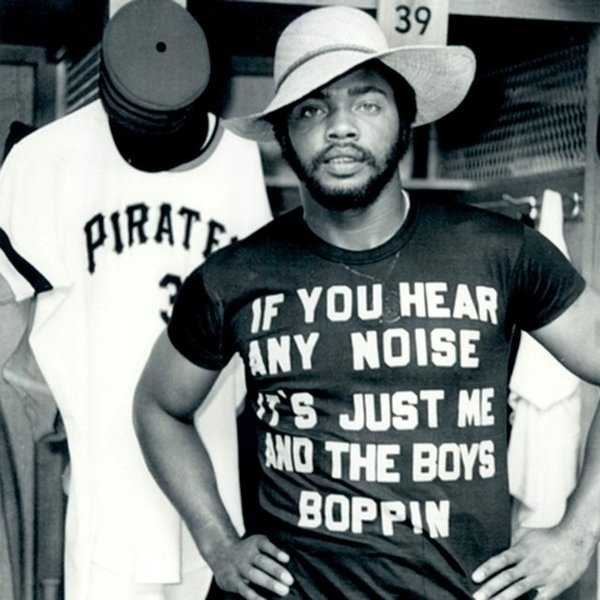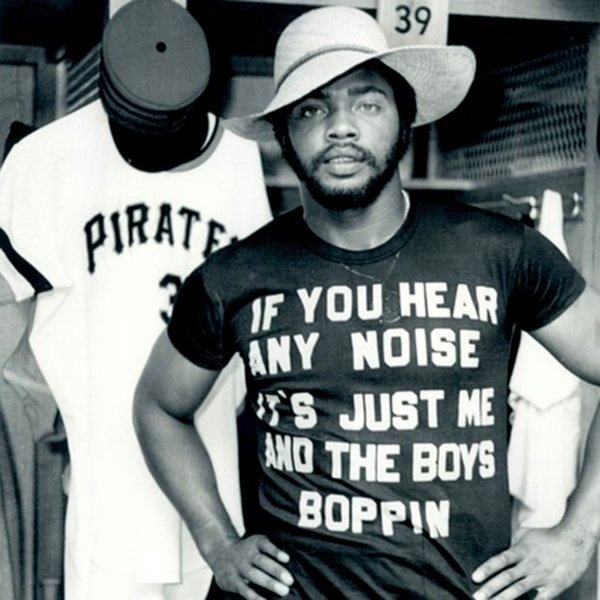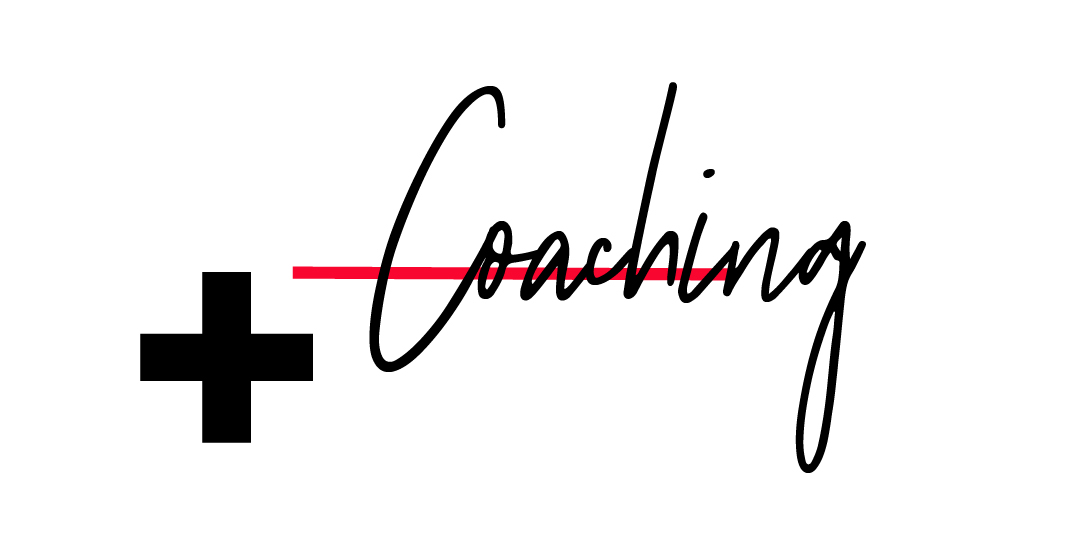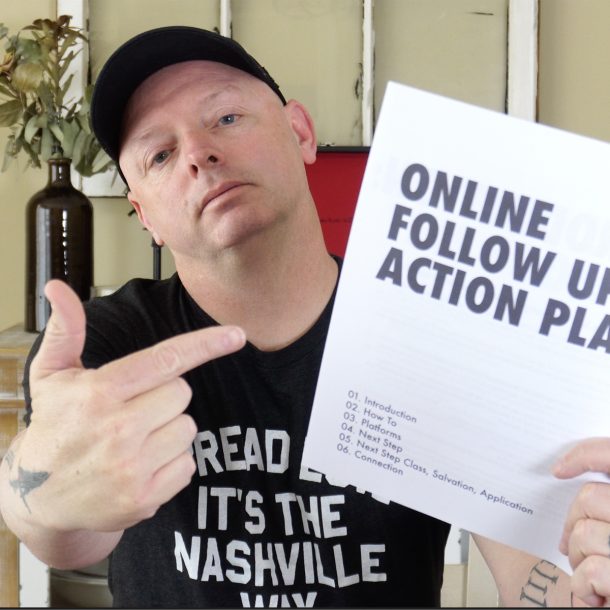The desire for creative team members has never been higher. As constraints grow for organizations, the importance of having people who can think differently grows exponentially. Finding creative people is difficult, but keeping them is even harder.
There is one important rule to remember when dealing with creative people: the larger the talent, the harder they are to manage.
It’s not an excuse, it’s a reality. Really great creative types don’t always fit in our procedures, manuals, or systems. But, don’t lose hope – we need really creative people to challenge and stretch our organizations. Here are a few management necessities when dealing with really creative people (in no particular order):
Accept that creative people are different. That’s why you hired them in the first place. Don’t expect them to be something other than what they are.
Make sure you are giving them the room to be their most creative. How they work may not be how you work. Allow creative people to have their unique process.
Clearly define expectations and reality. Don’t assume anything. Make it crystal clear what is required and expected.
Vision is mandatory. Creative people need to know the WHY as much as the WHEN or the HOW. Cast clear vision for the why so they can work with purpose and passion.
Understand their buy-in. Creative people leave their fingerprints on everything they touch, unlike anyone else in your organization. With each product created, a piece of them is attached to it. So tread carefully but honestly.
Reinforce their wins, protect them in their losses. Pretty simple. Celebrate creativity when it succeeds and protect them when they fall. Bought-in creative people will be infinitely harder on themselves when they fail than anyone else could ever be.
Create safe places for them to work and share.
Allow them to fail sometimes so they can always feel the liberty to take risks. Risk and creativity dance hand-in-hand. If you want great creative stuff, allow risk and failure to live in your organization from time to time.
Understand the importance of relationship. Invest. Invest. Invest. Then, invest some more. Creative people are going to want to feel they are a part of the process, not a part IN the process. Care as much about them personally as you do about what they create for you and your organization.
Create a culture that feeds creativity. Creativity is a muscle and needs to be exercised. Make sure your environment supports your commitment towards creativity.
Coach towards creativity. What you coach develops. If you want people’s creative best, coach them towards creativity. Ask them how they are doing, what is inspiring them, what they’re excited about.
Protect them. Passionately.
Mix it up. Give creative people change-ups so they don’t fall in a rut, lose interest, and find something new to do.
Remove Clutter. Clutter crushes creativity.
Andy Stanley has been quoted saying: “We treat everyone fair, but we don’t treat everyone the same.”
If you want the best from your creative team, understand that they are comfortable with fair, but they aren’t going to fit in to how you treat everyone else. They are unique by design and it’s what makes them great at creating, innovating, and developing for your organization.
Do you lead creative people?
What are some things you do to help make them their best?
Are you a creative employee?
What do you need from your boss or manager?





